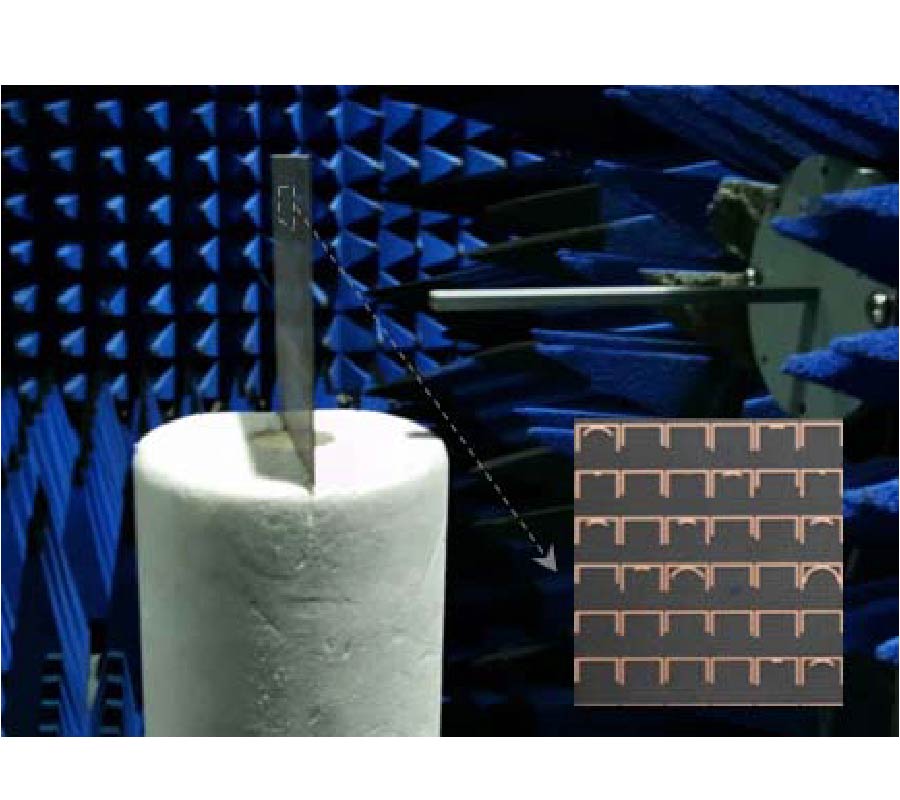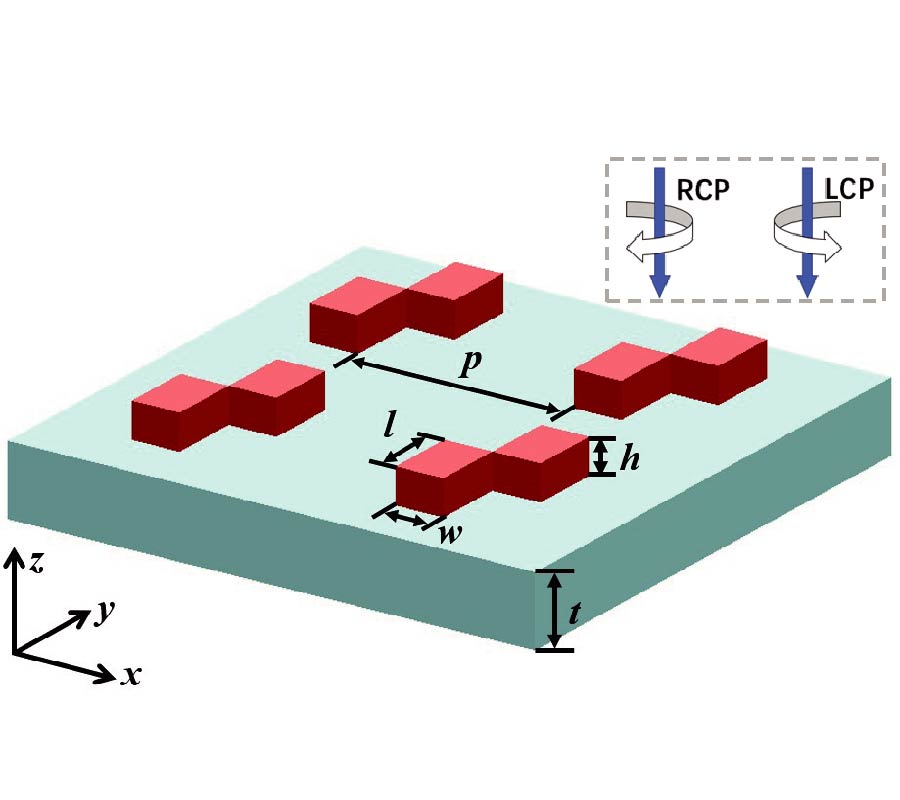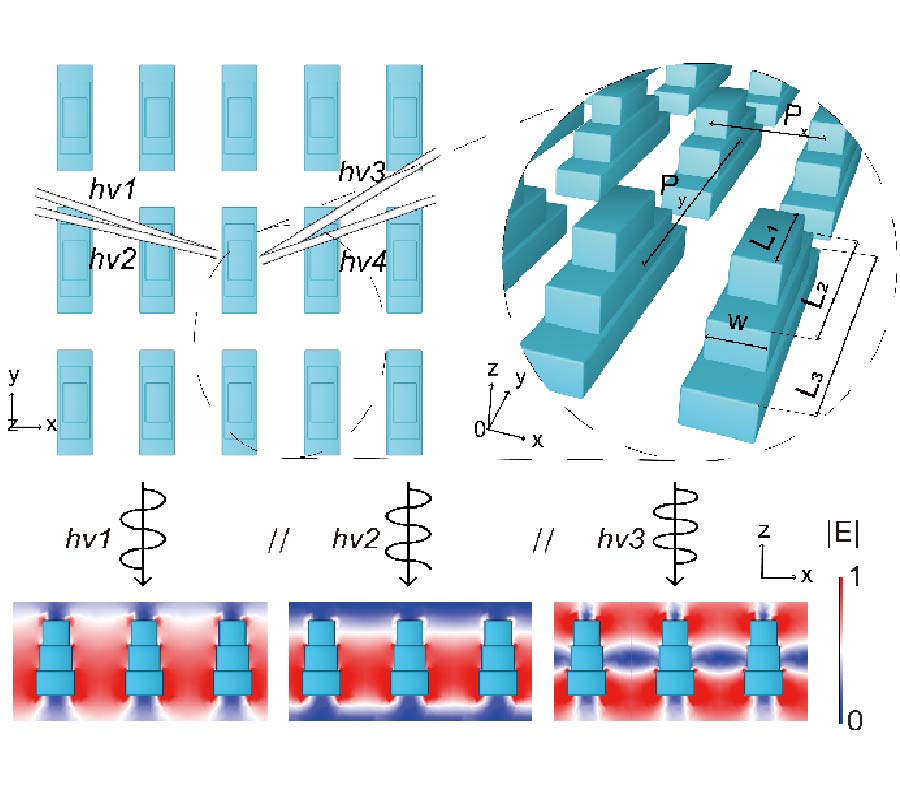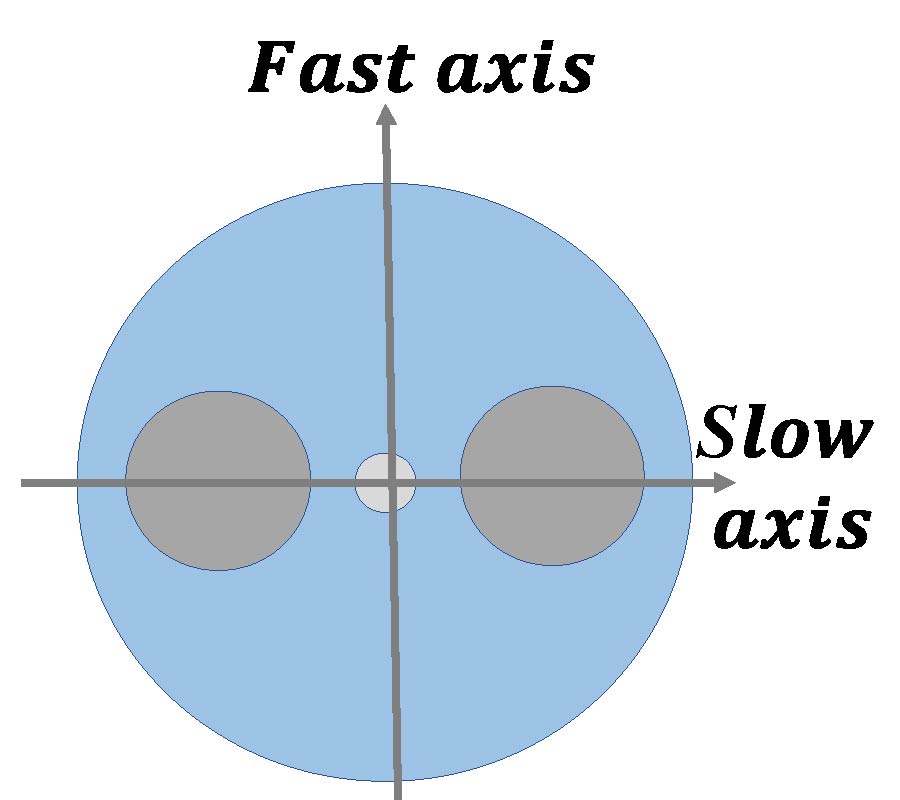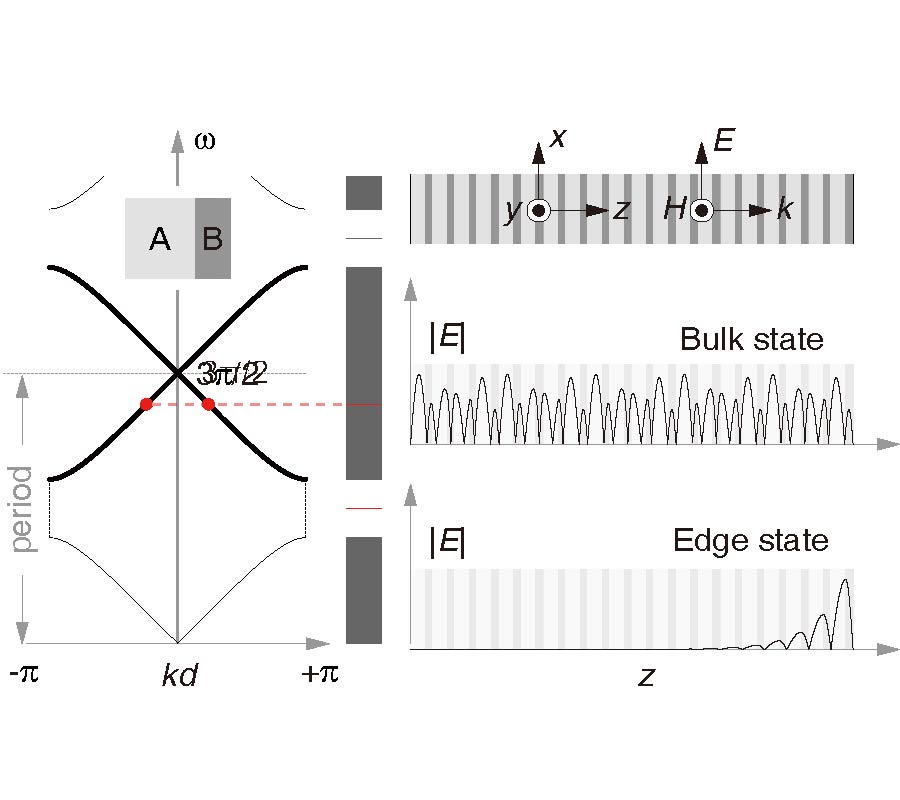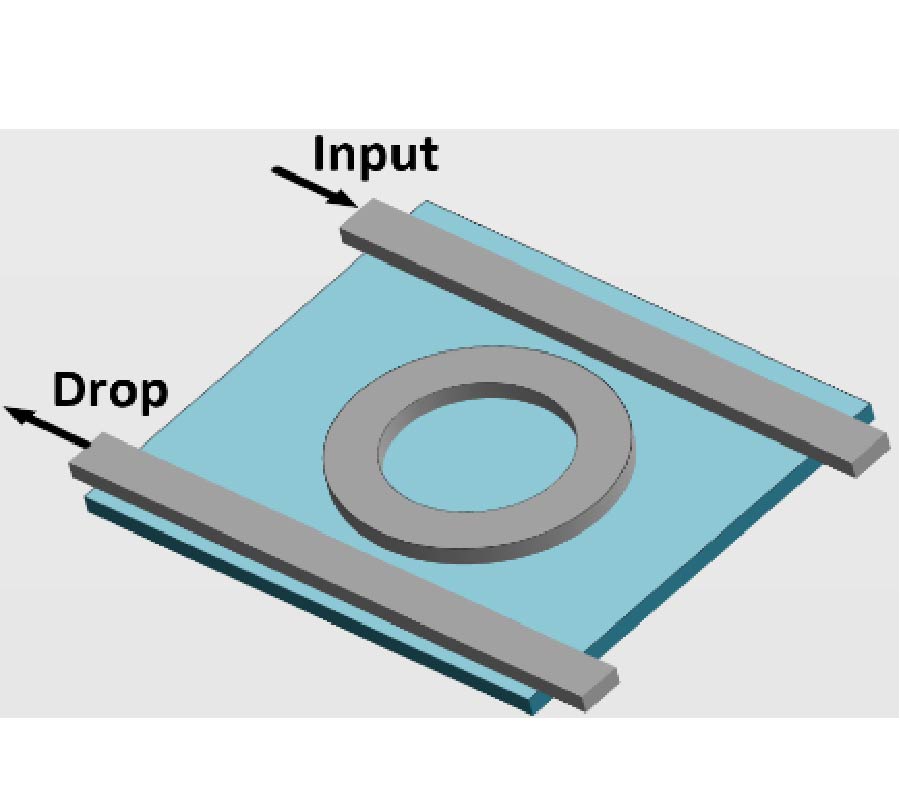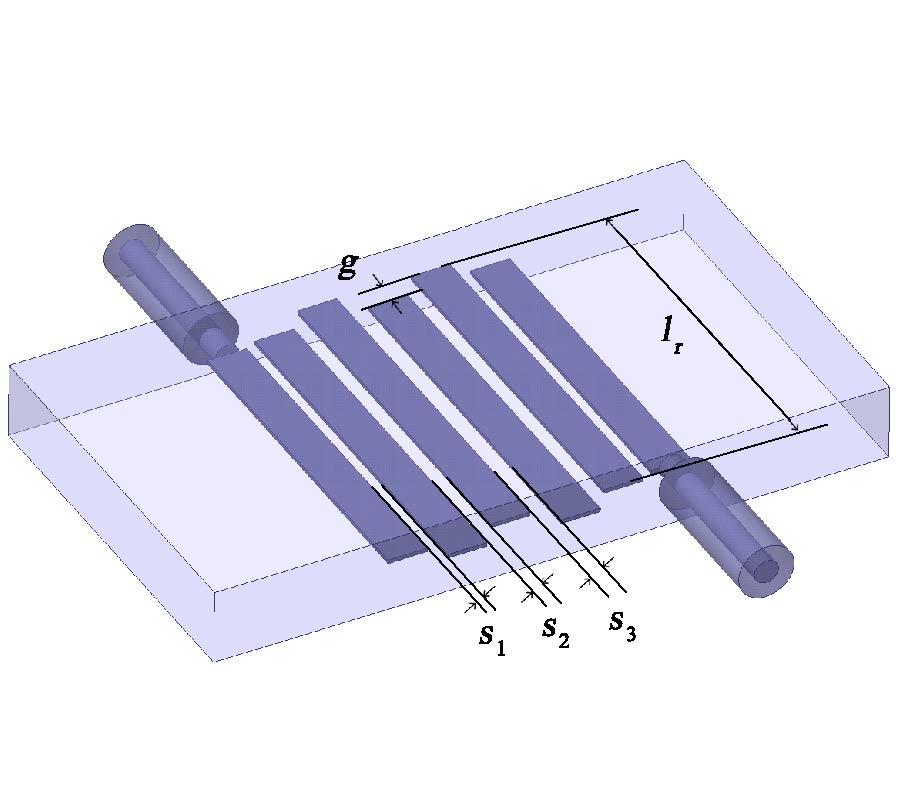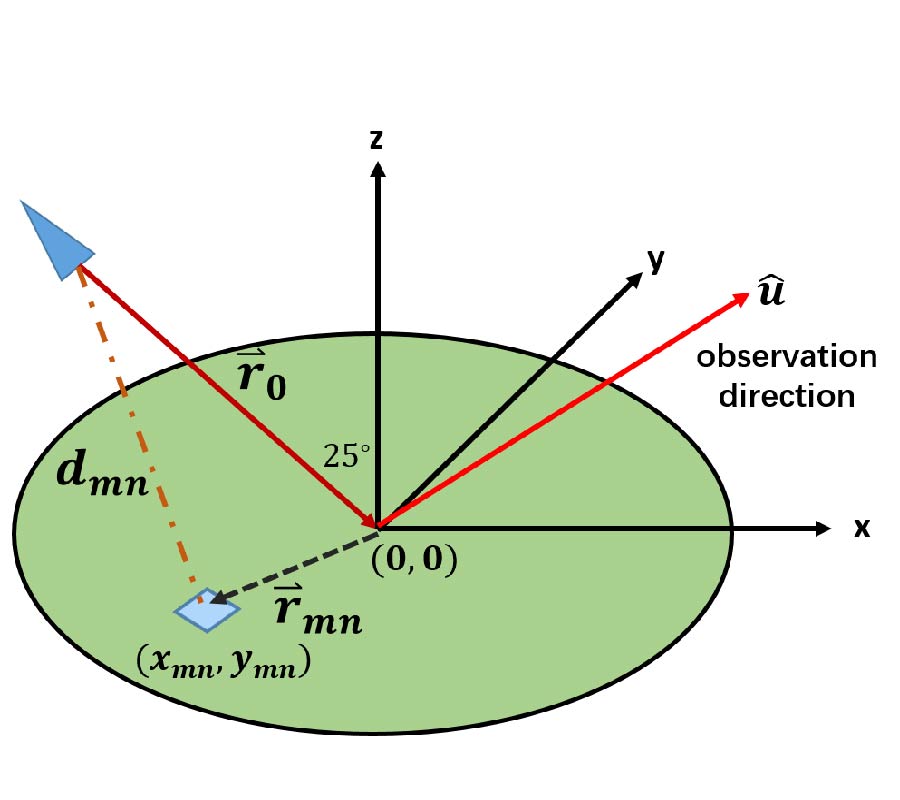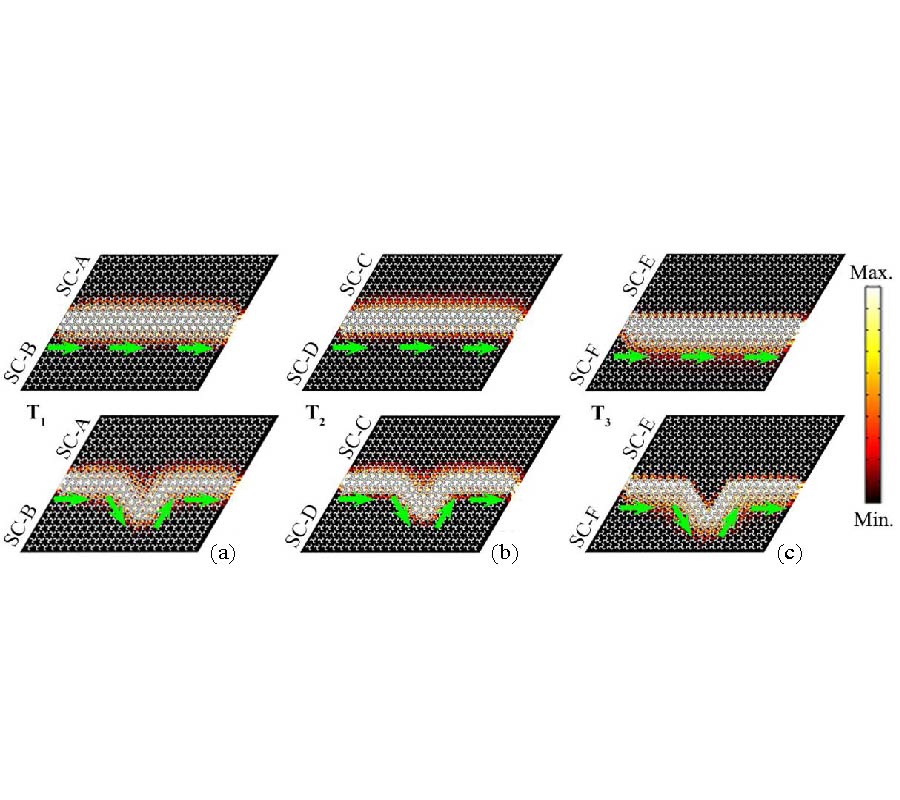Tunable Topological Refractions in Valley Sonic Crystals with Triple Valley Hall Phase Transitions (Invited Paper)
Ding Jia,
Yin Wang,
Yong Ge,
Shou-Qi Yuan and
Hong-Xiang Sun
Topological refractions created by valley sonic crystals (VSCs) have attracted great attentions in the communities of physics and engineering owing to the advantage of zero reflection of sound and the potential for designing advanced acoustic devices. In previous works, topological refractions of valley edge states are demonstrated to be determined by the projections of the valleys K and K′, and two types of topological refractions generally exist at opposite terminals or different frequency bands. However, the realization of tunable topological refractions at the fixed frequency band and terminal still poses great challenge. To overcome this, we report the realization of tunable topological refractions by VSCs with triple valley Hall phase transitions. By simply rotating rods, we realize 3 types of topological waveguides (T1, T2 and T3) composed of two VSCs, in which the projections of the observed valley edge states can be modulated between K and K′. Additionally, based on the measured transmittance spectra, we experimentally demonstrate that these valleyedge states are almost immune to backscattering against sharp bends. More importantly, we realize tunable topological refractions at the fixed frequency band and terminal, and experimentally observe the coexistence of positive and negative refractions for T1 and T3, and negative refractions for T2. The proposed tunable topological refractions have potential applications in designing multi-functional sound antennas and advanced communication devices.
